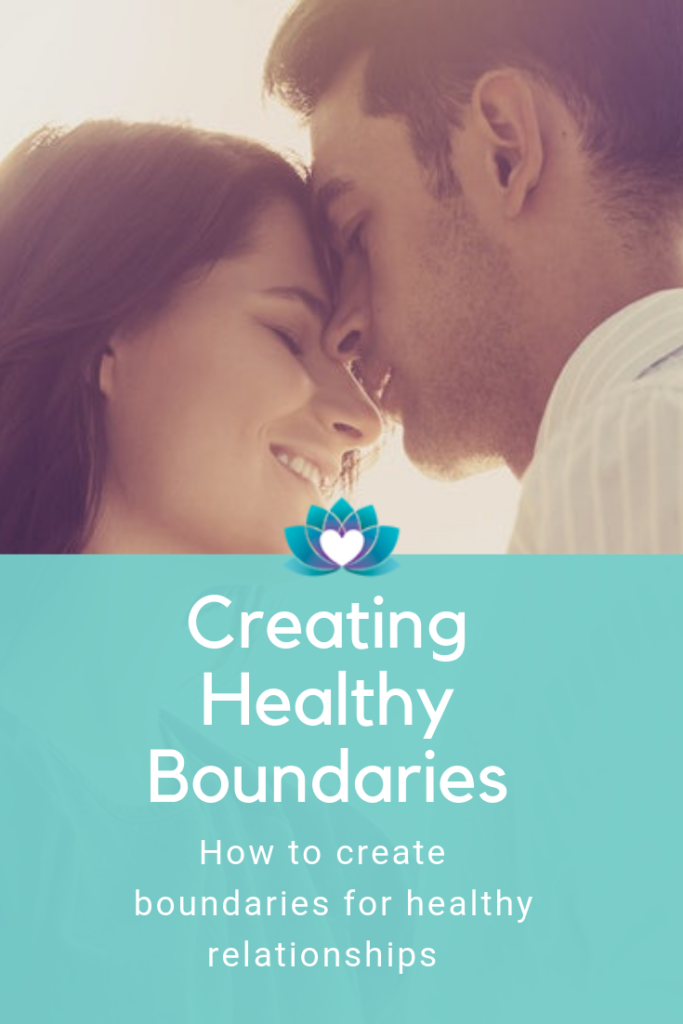Creating Boundaries for Healthy Relationships
By defining a boundary, you can understand how limitations apply within relationships. A boundary is a product of your own internal emotional navigation system. This navigational system makes it clear what your preferences are. You must be clear about what you like and don’t like. It also lets you understand what you’re comfortable with and not satisfied with.
A boundary is n internal navigation system whereby you listen to yourself and know your needs. Without expressing those needs to another person, getting too much depth in a relationship isn’t easy. Without sounding boundaries, relationships tend to stay very much on the surface. Inevitably conflict or frustration issues arise. To get to any real depth or growth in a relationship, we first understand our boundaries.
Sometimes people think of boundaries as what they tell another person about what they can or can’t do. However, that alone is not how you establish boundaries. You’ve likely blown past several of your limitations before reaching that stage. It’s mainly ineffective to tell people what they can or can’t do after the fact.
Boundaries are not so much talked about but demonstrated by action. Your reactions to other people’s actions are how you state your limits. You show with your actions what your boundaries are, not just tell people about them.
How To Establish Healthy Boundaries in a Relationship
People demonstrate their capacity to respect not only other people’s boundaries but their own with their actions. So, for instance, if somebody agrees to respect a boundary but continues to do it, or they’ll agree, but then their behavior won’t match what they said they would do, then you have a problem.
You also have a problem if they try to talk you out of your boundaries or they argue with your limits. When you don’t have fully responsible people taking responsibility for themselves, their boundaries and how to express that, you’ll find they have trouble respecting others.
It is essential, however, to also express to another person what your boundaries are. Do not operate from the assumption that anyone else can be a mind-reader and, somehow, mysteriously understand your preferences. You can’t have much depth or authenticity unless you’re communicating with them and working that out in a relationship.
Boundaries are the quintessential core of healthy relationships. It’s you being in touch with yourself, expressing who you are. Two people doing that together can then navigate how they can enjoy each other and have a good time.
Know Your Boundaries and Express Them
What is seen often in relationships is that people will not even identify their boundaries. There are lots of reasons why that can be the case. Sometimes our relationship with our own emotions has been negatively affected. An example of this is when we experience being told how to feel or think very early in life, and then we begin to override our natural emotional reactions to things. There is a difference between learning to regulate your emotions and suppressing them.
Many people have suppressed emotions. They talk to themselves that are their own emotions and discount emotional and physical somatic-type clues that are coming up. It would be best if you learned how to listen to your feelings, understand your boundaries, and have the courage to express them freely. Otherwise, having another person understand your limits tends to be very difficult. Getting in touch with your emotions is essential in creating healthy boundaries in relationships.
Are Boundaries and Limits the Same?
A limit is a form of a boundary, but a limitation is typically met when many boundaries have already been crossed. Limits tend to manifest as a significant consequence that occurs to boundaries being crossed or the rise of substantial conflict.
Often when limits are reached, there are previous boundaries that weren’t identified, expressed, or acted upon. Conflict can have a positive purpose when we learn to approach conflict to understand what boundaries on either side are not being respected and why. When we come into conflict within a positive framework, this produces healthy growth. From understanding, you can then make appropriate decisions on actions to take or not take.
That said, It never really needs to lead to a limit-breaking situation if boundaries are clearly expressed and defined beforehand. However, we often don’t recognize our needs until somebody has pushed us too far. If you cany your limits, communicate them, and be willing to act upon them more efficiently and effectively earlier, it is edible to avoid conflict altogether in the first place.

